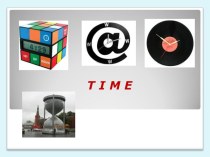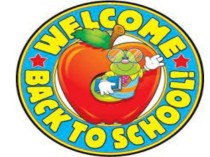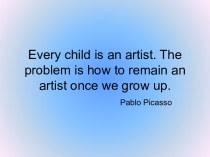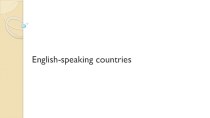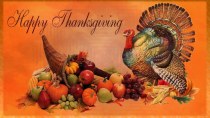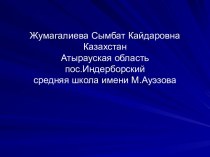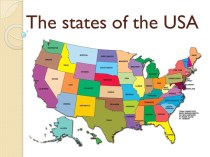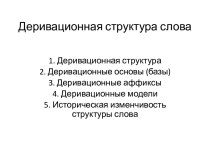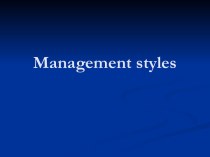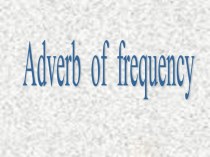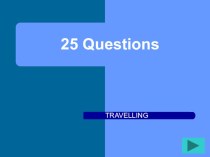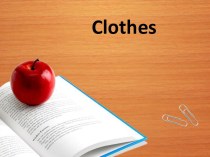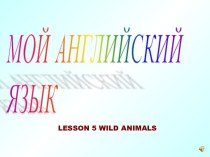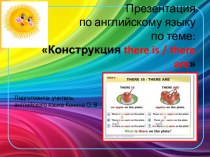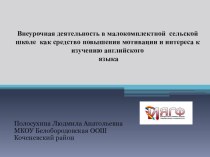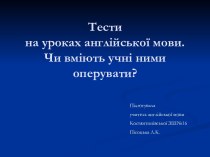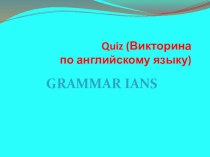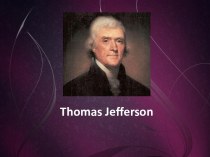- Главная
- Разное
- Бизнес и предпринимательство
- Образование
- Развлечения
- Государство
- Спорт
- Графика
- Культурология
- Еда и кулинария
- Лингвистика
- Религиоведение
- Черчение
- Физкультура
- ИЗО
- Психология
- Социология
- Английский язык
- Астрономия
- Алгебра
- Биология
- География
- Геометрия
- Детские презентации
- Информатика
- История
- Литература
- Маркетинг
- Математика
- Медицина
- Менеджмент
- Музыка
- МХК
- Немецкий язык
- ОБЖ
- Обществознание
- Окружающий мир
- Педагогика
- Русский язык
- Технология
- Физика
- Философия
- Химия
- Шаблоны, картинки для презентаций
- Экология
- Экономика
- Юриспруденция
Что такое findslide.org?
FindSlide.org - это сайт презентаций, докладов, шаблонов в формате PowerPoint.
Обратная связь
Email: Нажмите что бы посмотреть
Презентация на тему по английскому языку на тему Работа с аутентичным текстом 10-11 класс
Содержание
- 2. Чтение - один из основных видов учебно-речевой
- 3. Поставленная цель, в свою очередь, требует решения
- 4. Алгоритм работы на уроке с аутентичным текстом
- 5. Miss Martha Meacham
- 6. а customer
- 7. fresh bread - 5 cents а loafstale
- 8. to knock at the door loudly and
- 9. The customer... (was polite; was very awkward;
- 10. 1. He always bought two loaves of
- 11. Скачать презентацию
- 12. Похожие презентации
Чтение - один из основных видов учебно-речевой деятельности в школе.Иностранный язык в старших классах используется в большей степени как средство получения и углубления знаний в различных областях науки, культуры и техники.
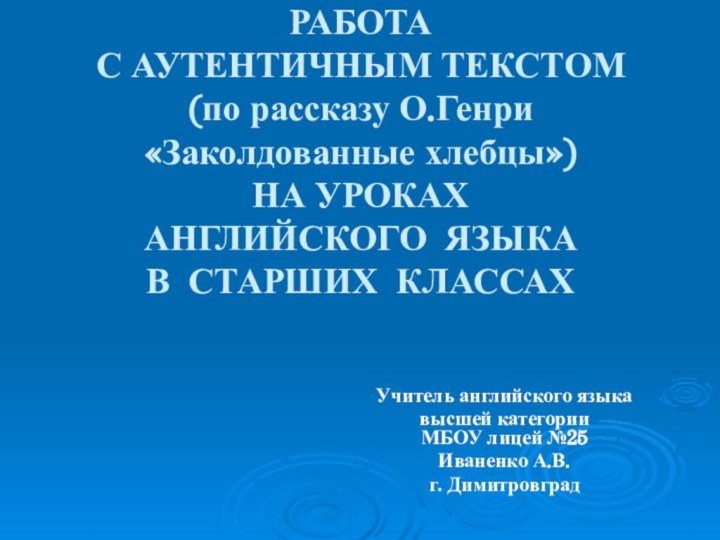
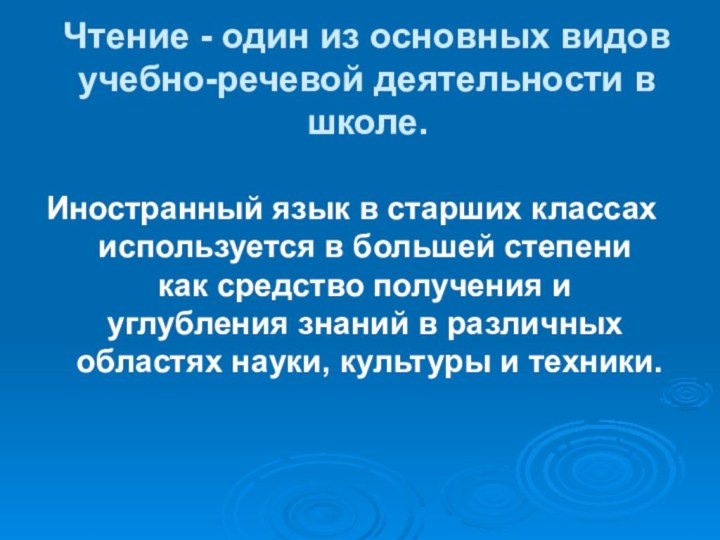
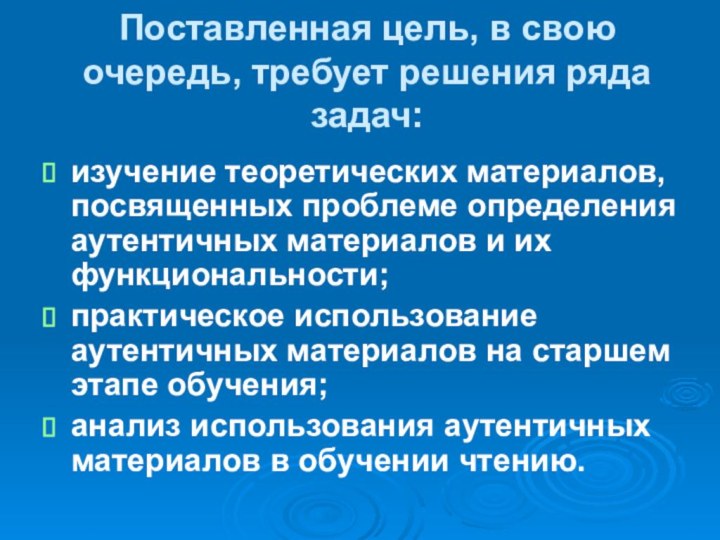

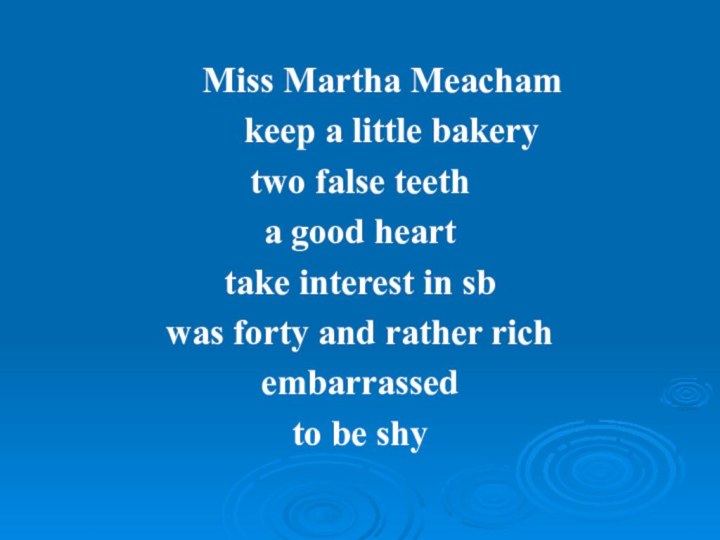
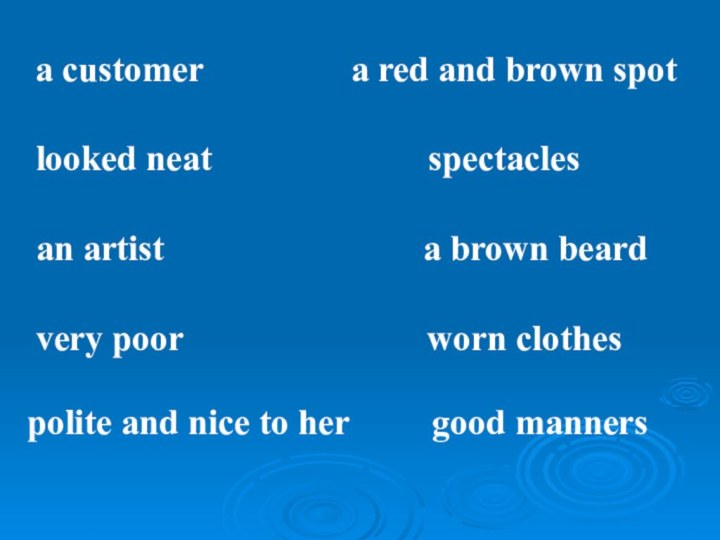
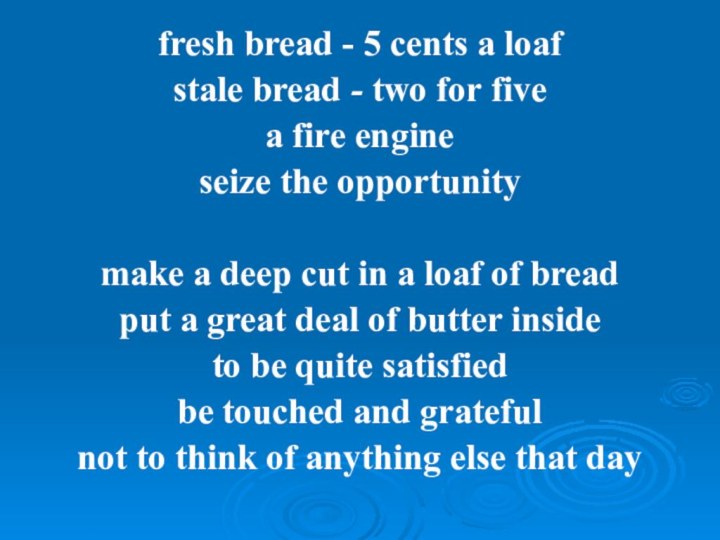

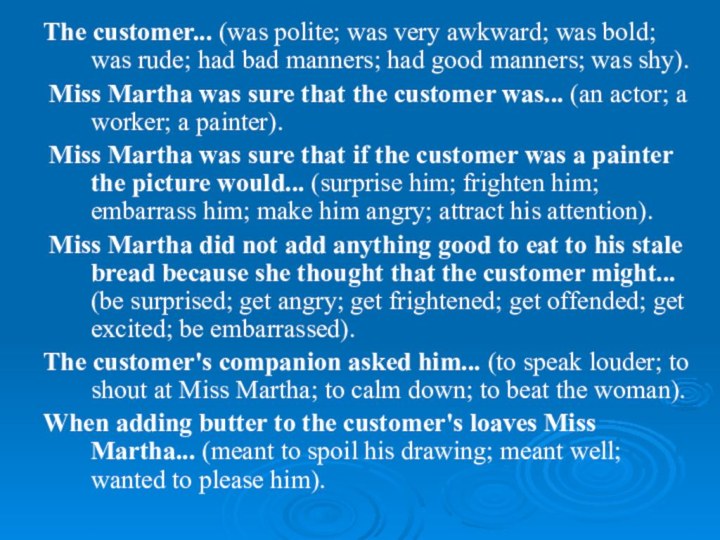
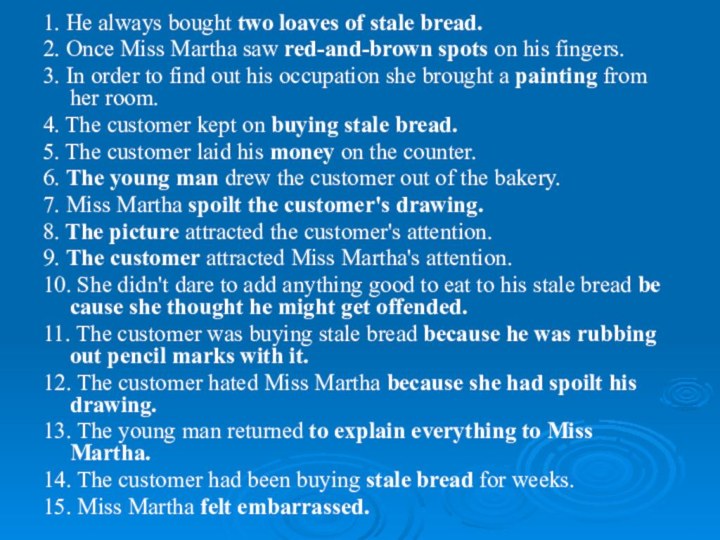

Слайд 2 Чтение - один из основных видов учебно-речевой деятельности
в школе.
степени как средство получения и углубления знаний в различных областях науки, культуры и техники.Слайд 3 Поставленная цель, в свою очередь, требует решения ряда
задач:
изучение теоретических материалов, посвященных проблеме определения аутентичных материалов
и их функциональности;практическое использование аутентичных материалов на старшем этапе обучения;
анализ использования аутентичных материалов в обучении чтению.
Слайд 4 Алгоритм работы на уроке с аутентичным текстом следующий:
Знакомство с автором произведения.
Введение лексики, необходимой для работы
на уроке. Ключевые слова написаны на листках.Постепенное введение лексических единиц, написанных на отдельных листах, и построение на их основе сюжетных версий, которые меняются с каждой порцией новых слов. Лексика подбирается так, чтобы последняя лексическая единица давала простор фантазии в возможности создания различных вариантов сюжета.
Чтение текста и соотнесение разработанной версии с версией автора.
Послетекстовая работа на данном фактическом и лексическом материале.
Слайд 5
Miss Martha Meacham
keep
a little bakery
two false teeth
a good heart
take interest in
sbwas forty and rather rich
embarrassed
to be shy
Слайд 6
а customer
a red and brown spot
looked neat
spectaclesan artist а brown beard
very poor worn clothes
polite and nice to her good manners
Слайд 7
fresh bread - 5 cents а loaf
stale bread
- two for five
a fire engine
seize the
opportunitymake а deep cut in а loaf of bread
put a great deal of butter inside
to be quite satisfied
be touched and grateful
not to think of anything else that day
Слайд 8
to knock at the door loudly and impatiently
draw
a plan for a new town-hall
prize competition
drawing in
pencilto rub out the pencil lines with stale bread
so cruel and unfair to
Слайд 9 The customer... (was polite; was very awkward; was
bold; was rude; had bad manners; had good manners;
was shy).Miss Martha was sure that the customer was... (an actor; a worker; a painter).
Miss Martha was sure that if the customer was a painter the picture would... (surprise him; frighten him; embarrass him; make him angry; attract his attention).
Miss Martha did not add anything good to eat to his stale bread because she thought that the customer might... (be surprised; get angry; get frightened; get offended; get excited; be embarrassed).
The customer's companion asked him... (to speak louder; to shout at Miss Martha; to calm down; to beat the woman).
When adding butter to the customer's loaves Miss Martha... (meant to spoil his drawing; meant well; wanted to please him).
Слайд 10 1. He always bought two loaves of stale
bread.
2. Once Miss Martha saw red-and-brown spots on
his fingers. 3. In order to find out his occupation she brought a painting from her room.
4. The customer kept on buying stale bread.
5. The customer laid his money on the counter.
6. The young man drew the customer out of the bakery.
7. Miss Martha spoilt the customer's drawing.
8. The picture attracted the customer's attention.
9. The customer attracted Miss Martha's attention.
10. She didn't dare to add anything good to eat to his stale bread because she thought he might get offended.
11. The customer was buying stale bread because he was rubbing out pencil marks with it.
12. The customer hated Miss Martha because she had spoilt his drawing.
13. The young man returned to explain everything to Miss Martha.
14. The customer had been buying stale bread for weeks.
15. Miss Martha felt embarrassed.
